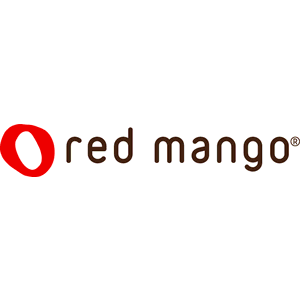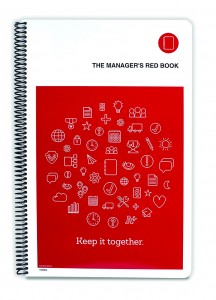The secret to winning is not to lose twice in a row.
When you run a restaurant, you really only get one, maybe two chances to mess up in front of a new customer.
And by you, we mean everyone – from the waitstaff to the dishwasher – plays an important role before, during and after every shift. Every second counts – literally.
It’s why there are rules. Yelling “corner!” or “behind!” isn’t just for fun. Those rules were “written” into the system (by some smart kitchen people, no doubt) because they kept staff from crashing into each other when things got hectic.
And we all know how crazy things can get. There are a lot of moving parts in a restaurant – on the floor, near the fryer, at the drive-thru, even in the deep freeze. Ensuring each of these tiny interactions goes off without a hitch requires standard processes and procedures guiding the everyday tasks executed by you and your team.
Without a regular protocol, your restaurant could start to look and sound like one of those lost causes on shows like Kitchen Nightmares. (no name calling here, just honest to goodness consulting.)
When you’ve been working with restaurants for over 25 years like we have, you start to identify certain patterns to a restaurant’s processes and procedures. It’s even more obvious when you look at large brands like Red Mango – a franchise that came to us with lots of lists that were essential to their stores’ operations.
When it comes down to it, there are five fundamentals that make up a restaurant’s successful standard operating procedures and tasks.
1. Priority / Time Management
There are only so many minutes in a shift. Even when the restaurant is slow, there’s always something to do. Creating a predefined set of checklists for your regular tasks, to-dos and day parts makes it easier for you and your team members to focus on the right things to do at the right time.
2. Task / Compliance Management
Compliance can mean a lot of things. You could say compliance is knowing whether or not your new manager is following protocol – reading shift notes, reviewing financial targets or logging personnel issues.
Compliance could also mean making sure that the temperature check in the fryer was recorded within an acceptable range. And if it wasn’t, whether or not corrective action was taken (more on that in a minute). It’s also ensuring that your recipes and your service are delivered consistently day-in and day-out.
When everything is assigned, recorded and initialed by your team – and it’s all in one central location online or in a book – it’s much easier for managers to spot compliance issues and hold team members accountable for their mistakes while providing a path for improvement.
3. Team / Communication Management
There is nothing in the universe more important than communication. So that’s a pretty bold statement, but we guarantee restaurants have closed their doors because communication (or the lack of it) was a huge problem.
Restaurants that have a method of logging regular shift activities and commit to a regular communication cadence are able to reduce errors, improve compliance and retain happy, engaged team members. One of the best ways to get your team engaged in your vision is to have a way to communicate those values and reinforce them on a regular basis.
One of our Manager’s Red Book customers, Craig Erlich, vice president of operations at Red Mango, summed it best when he said, “Engagement is absolutely an indicator of our stores’ success. The more profitable Red Mango stores generally have better engagement among employees. They feel like they know the common goals, whether that’s just for the day or for the entire quarter. They feel connected to the overall vision of the company.”
4. Key Metric Variance / Corrective Management
Mistakes will happen, and they’ll happen often. Some will be small and others could be catastrophic. For small mistakes, the goal is to remove the number of times they happen with better training, task management or with the right amount of corrective action.
What trips up a lot of people, is that you can’t manage what you can’t measure. The good news is, we’ve seen restaurant operators, trainers and managers put a plug in regular mistakes just by instituting regular procedures. For instance, a manager should have a place to log their travel path. But it’s also important to put it into context of what is considered “best practice” or “standard protocol” for the industry or for your brand.
Having your key metric variance makes this possible. It gives your team specific guidelines to follow when you’re going through your regular tasks, to-dos and follow-ups.
Creating regular review schedules and having a place to record performance also goes a long way for restaurants who want to keep their standards high.
5. Crisis Management
After Chipotle’s recent foodborne illness outbreak, we were reminded, once again, that the restaurant industry deals with some pretty hefty repercussions when procedures and protocol aren’t properly performed (or if they don’t exist in the first place.)
The best brands have regular procedures and protocols that team members at all levels of the organization should follow to minimize any harm to the guests, to the store or to the business as a whole.




